Fjallabak was established as a Nature Reserve in 1979. It stretches over 47.000 hectares in the heart of Iceland, North of Myrdalsjökull. In its center lies Torfajökull, a central volcano with an active volcanic system that has shaped the region with its mountains, sculptured by volcanoes and geothermal activity, covered by lavas, sands, rivers and lakes. This volcanic system created the largest rhyolite distribution and one of the largest geothermal area in Iceland, mostly known under the name Landmannalaugar. The hot springs, merging with the river offering a great opportunity for a swim. The red and yellow to blue and green coloured mountains create the perfect backdrop.
This is an area that is rather remote and while there are corners that are more accessible (and popular), like Landmannalaugar, there are others you can only reach on foot – or on horseback. This is not for the faint-hearted: Long days on horseback, numerous rivers and mountains to cross, endless black deserts and narrow gorges, green valleys and glaciers. Fjallabak has it all. This region displays the sheer forces of nature, that created Iceland in a unique and impressive way. We invite you to join us on our tour and immerse yourself into the Icelandic wilderness. We created a tour that runs for 9 days, more than 300 kilometres with a herd of horses through Iceland’s heartland.
If 9 days are too long and you would only like a taster, you can join us for the Northern part of the tour, just 4 riding days.

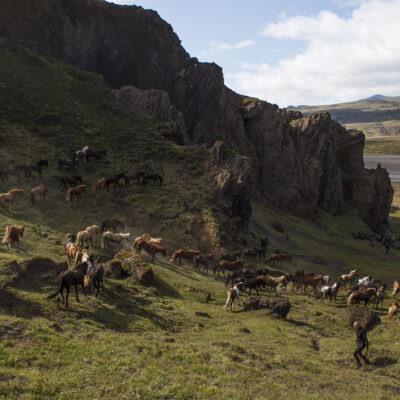
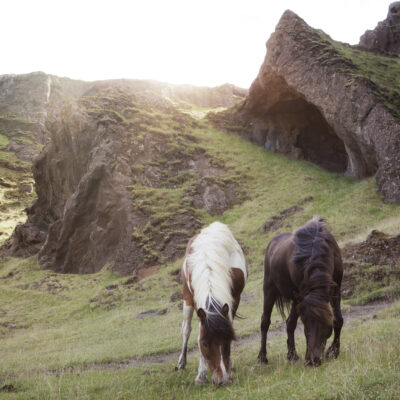
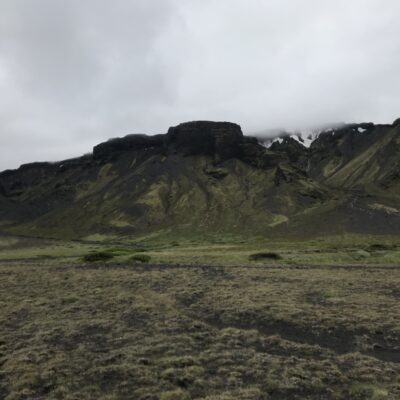
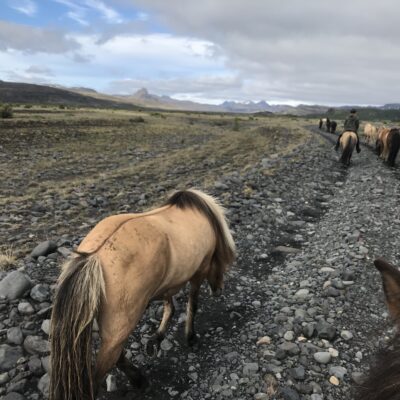
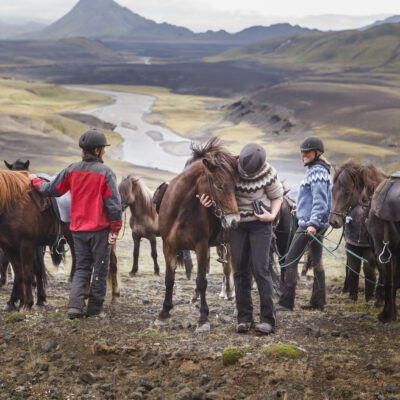
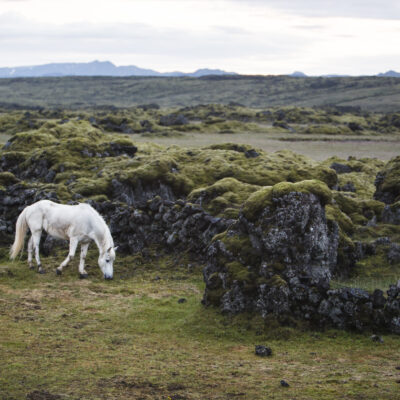
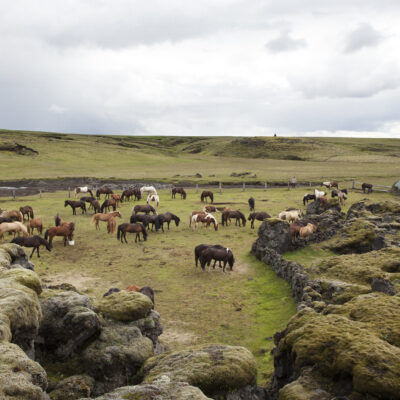
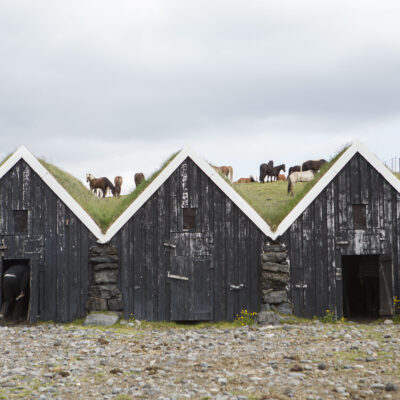
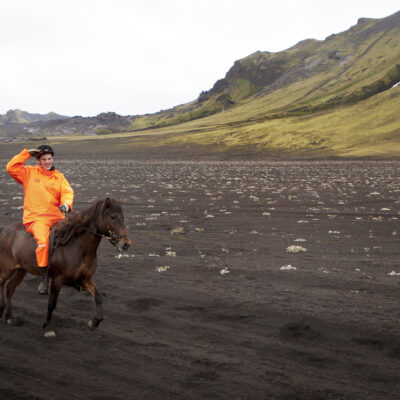
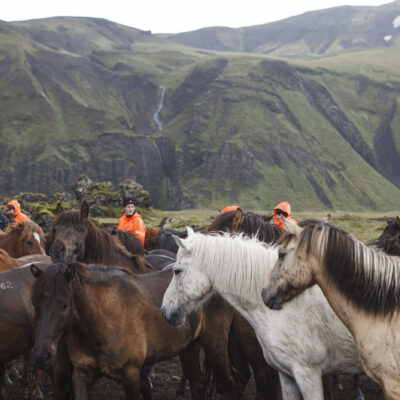
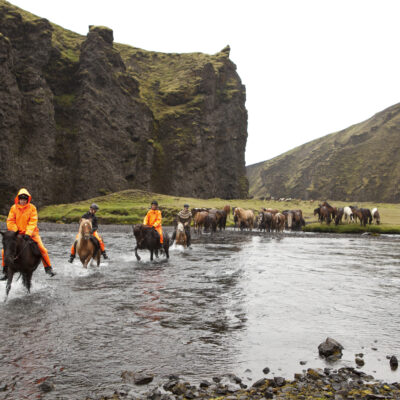
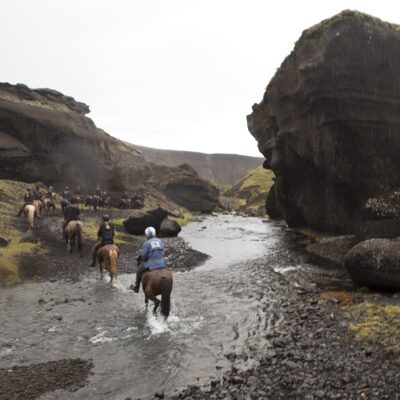
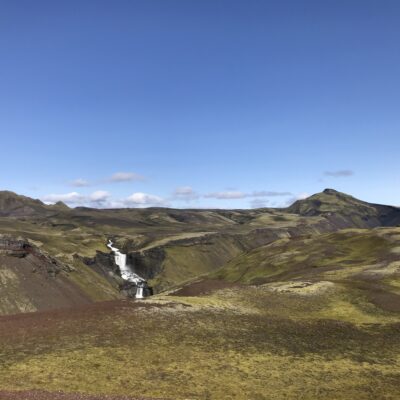
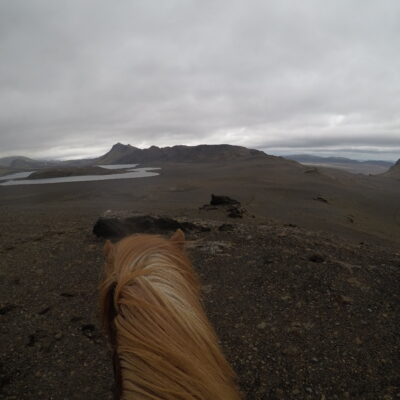
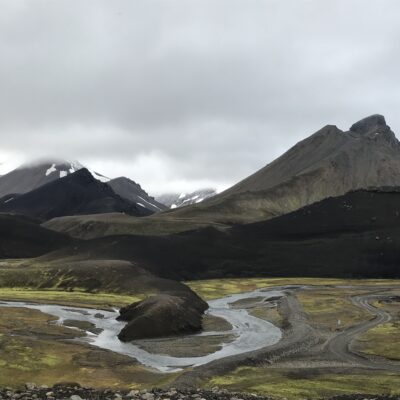
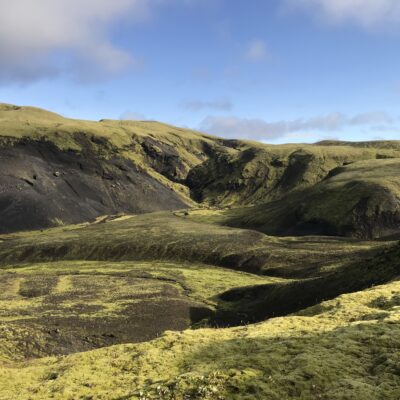
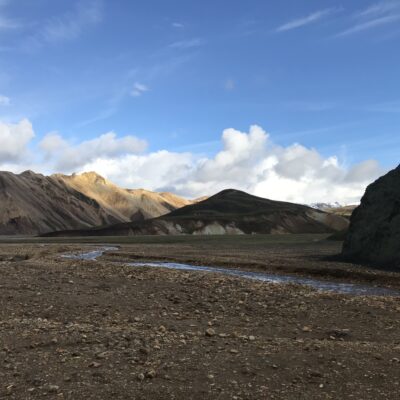
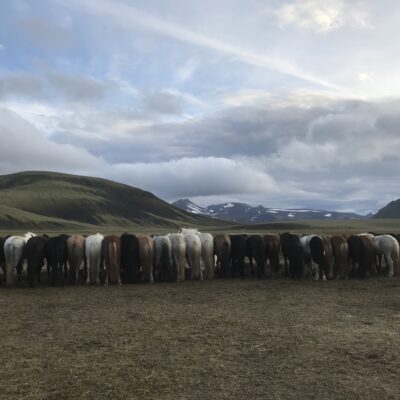
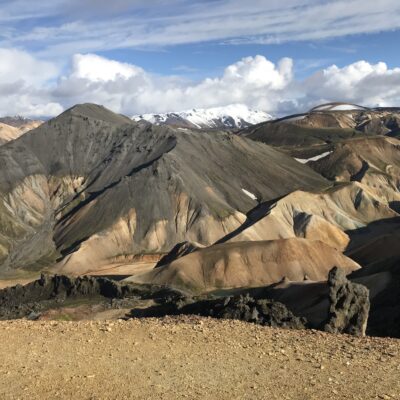
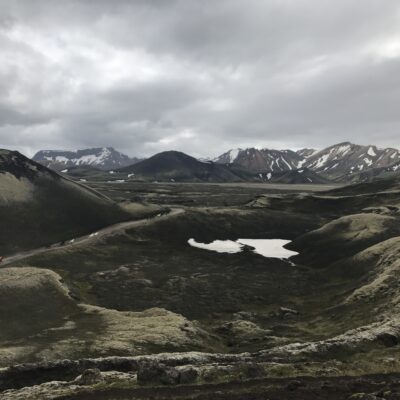
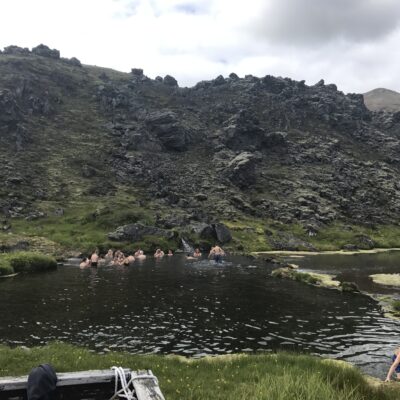
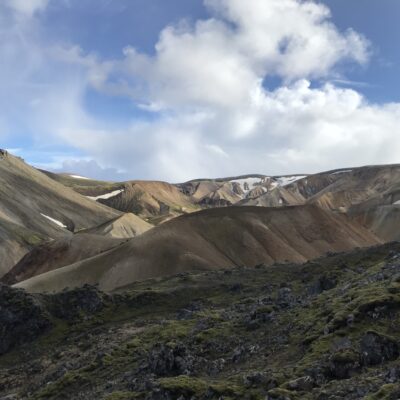
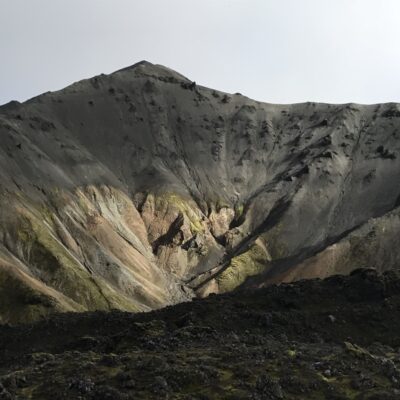
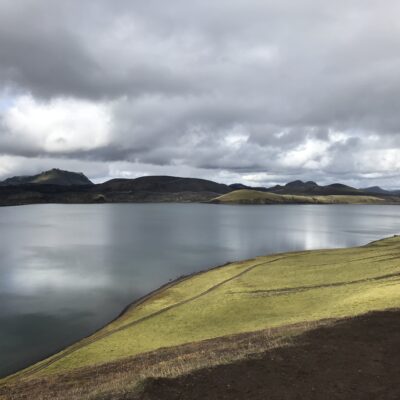
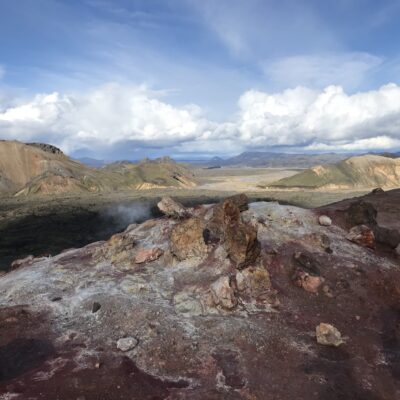
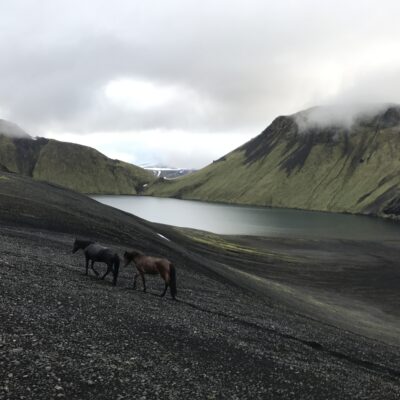
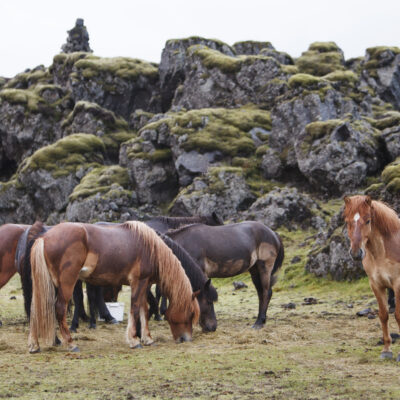
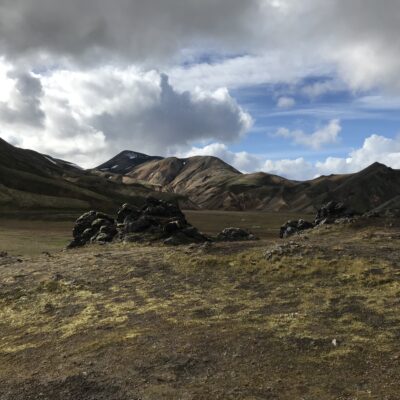
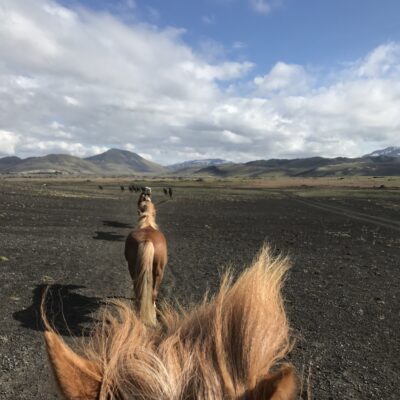
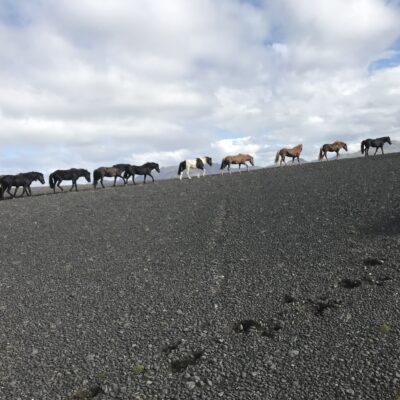
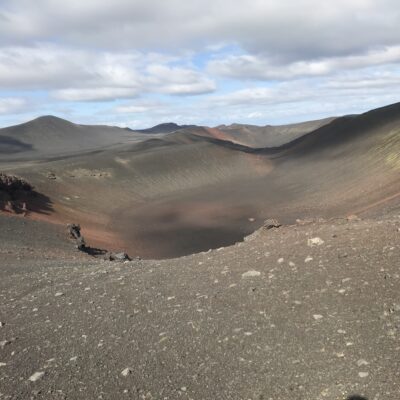

Schreibe einen Kommentar